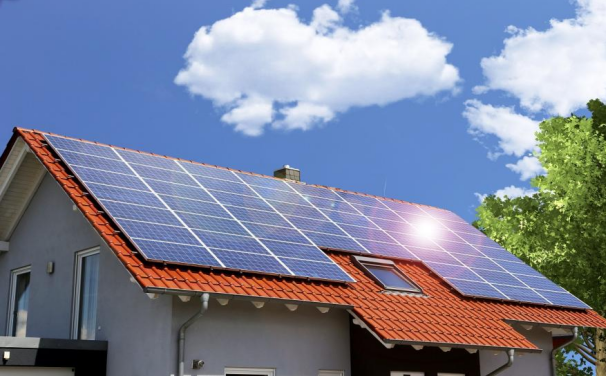Solar panels are a great investment for your home. They can lower your energy costs by allowing the sun to power your house and reduce the need to pull power from the grid. So how many watts can a solar panel produce is a real question mark.
How Do Different Factors Affect Solar Panel Output?
1. Sunlight Intensity: Solar panels produce maximum energy output in direct sunlight. The angle and position of solar panels relative to the sun can also affect their performance.
2. Temperature: Higher temperatures will reduce the efficiency of the solar panel, resulting in a drop in output. Solar panels generally perform better in cooler temperatures.
3. Dust and Dirt: Accumulation of dust, dirt, or other debris on the surface of a solar panel can reduce its ability to absorb sunlight and reduce its output. Therefore, regular cleaning is necessary to maintain optimum performance.
4. Wiring and system design: The design and quality of wiring of the solar panel system can also affect the overall output. Proper mounting, ventilation and placement of components are important for optimum performance.
5. Inverter efficiency: The inverter converts the DC power generated by the solar panel into AC power for the electrical system, and its efficiency will affect the overall output of the system.
How Many Watts Does a Solar Panel Produce Alone?
Any panel you purchase will have a power rating. This is an estimate of how many watts you should get from each panel in one hour of peak sunlight. Most panels can deliver 250-400 watts per hour of peak sunlight, with most products closer to 370 watts, although we can provide higher ratings.
A 300-watt panel can do a good job of powering small appliances and lighting systems. It may be able to power larger appliances such as refrigerators in a shorter period of time.
How Many Watts Does a Solar Panel Produce in an Array?
The total power output of a solar panel array depends on several factors, including the individual power rating of each solar panel, the number of panels in the array, and environmental conditions.
Let’s assume that each solar panel in the array has a power rating of 300 watts, and there are 20 identical panels in the array. In ideal conditions, each panel can produce power at its rated capacity, so the total power output of the array would be 300 watts x 20 panels = 6000 watts, or 6 kilowatts.
It’s important to note that the actual power output may vary due to factors such as shading, temperature, and efficiency losses in the system. Therefore, it’s always recommended to consult the specifications provided by the manufacturer for accurate power output information on a solar panel array.
You can see the kilowatt hours you used to use on your old electricity bill. The average household uses over 10,000 kWh per year. To meet all your energy needs, you may need quite a few panels. You can determine the number of solar panels by consulting SUNRUNE. Our experts can also help determine if you need more due to lighting conditions.
Post time: Jun-15-2023
